Weight lifting workout logs are journals or notebooks where individuals can record details about their weight lifting sessions. These logs typically include information such as the exercises performed, the number of sets and reps completed, the amount of weight lifted, and any observations about the workout. These logs are a valuable tool for both beginners and experienced lifters to monitor their workouts, track their progress, and make adjustments to their training programs.
By taking the time to record and track your workouts, you can make informed decisions about your training program, monitor your progress, and stay motivated to reach your fitness goals. So, if you're not already using a weight lifting log, now is the time to start!

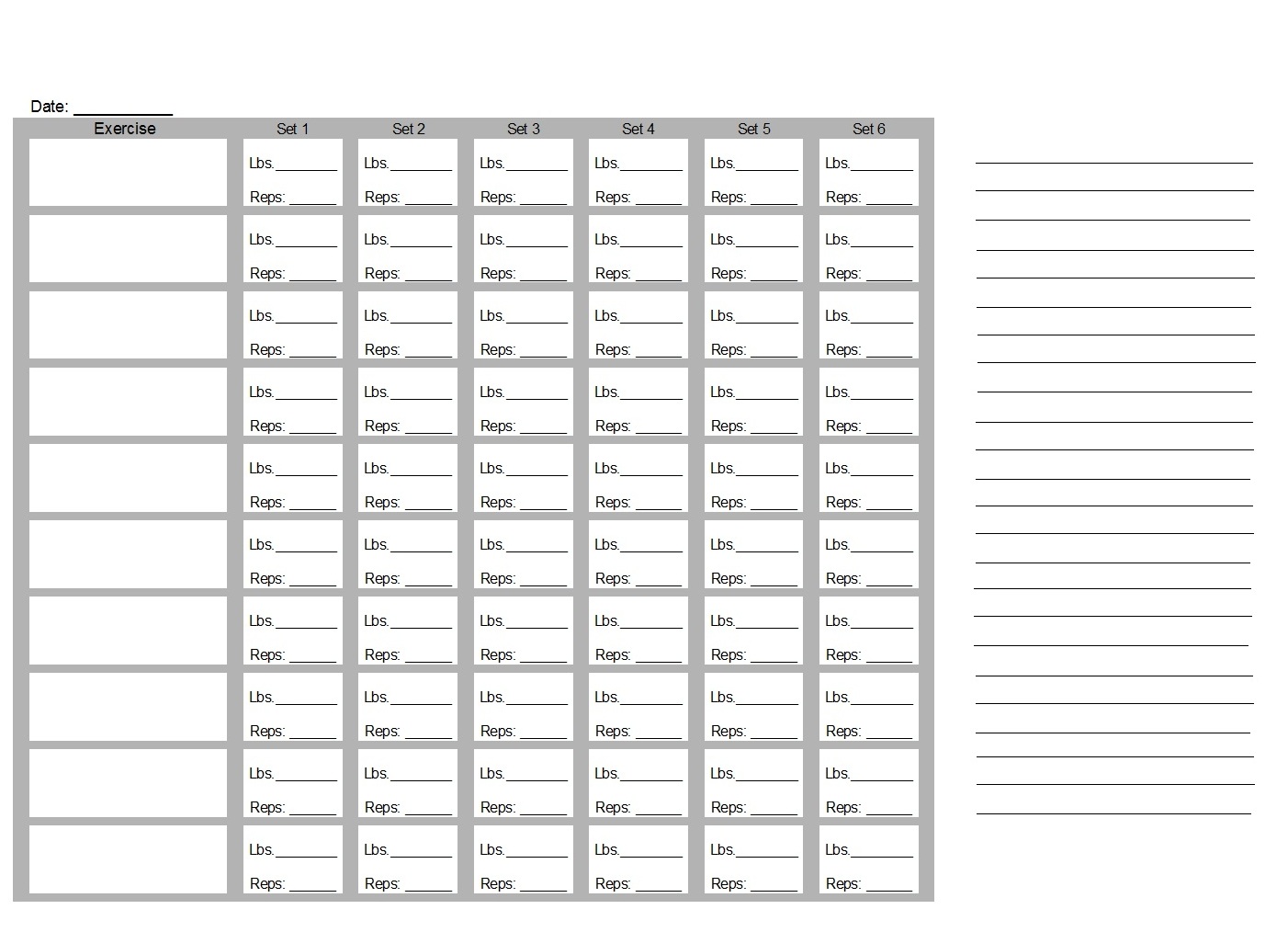
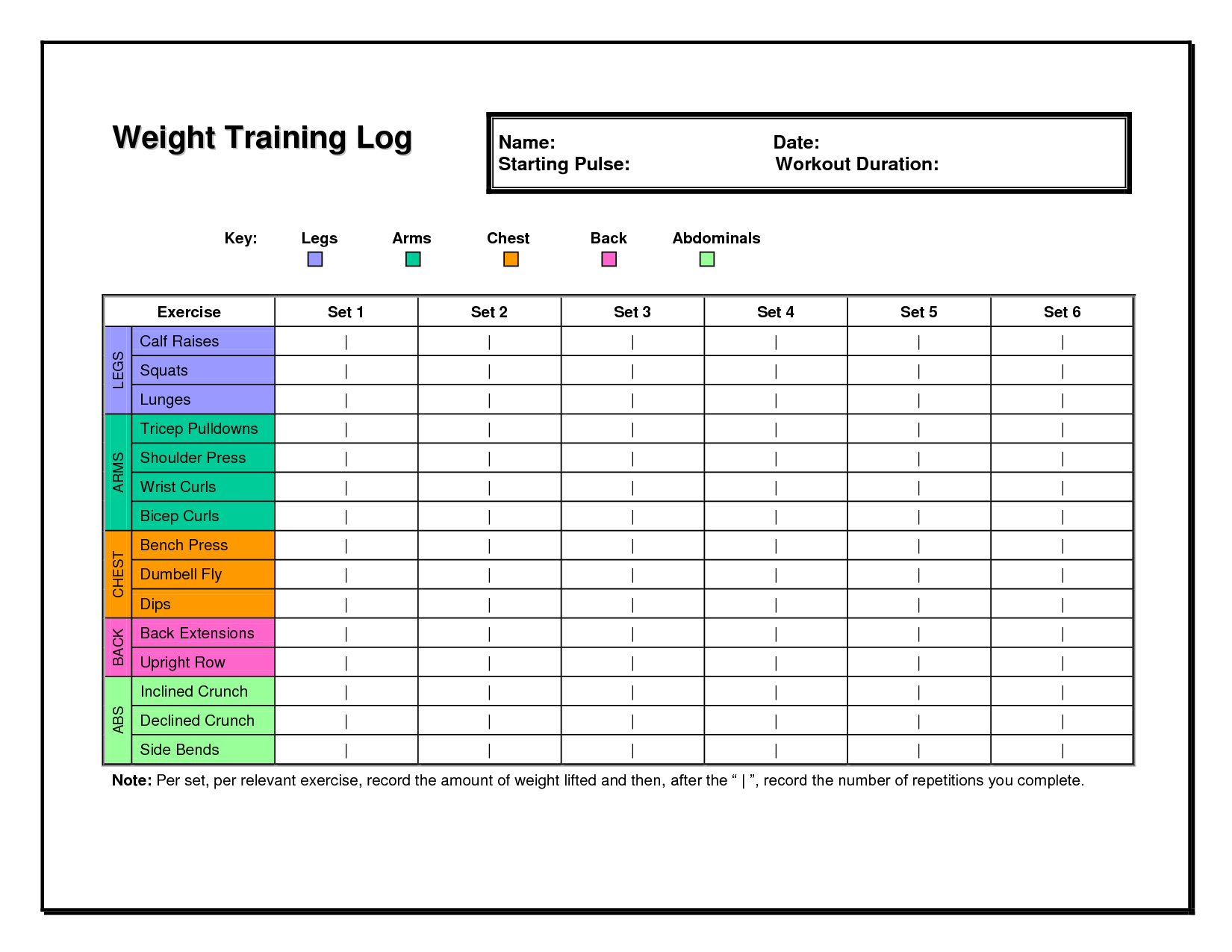
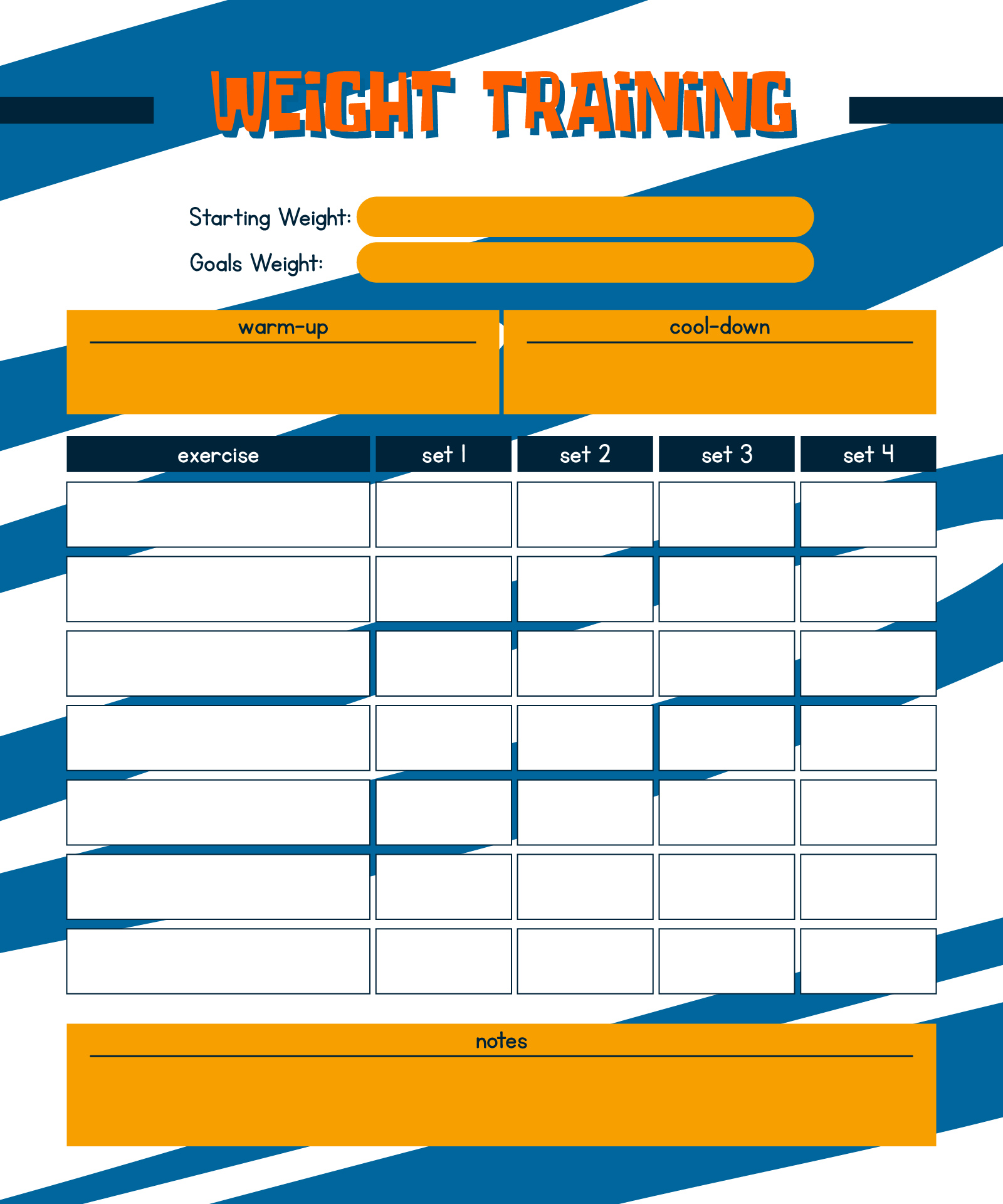
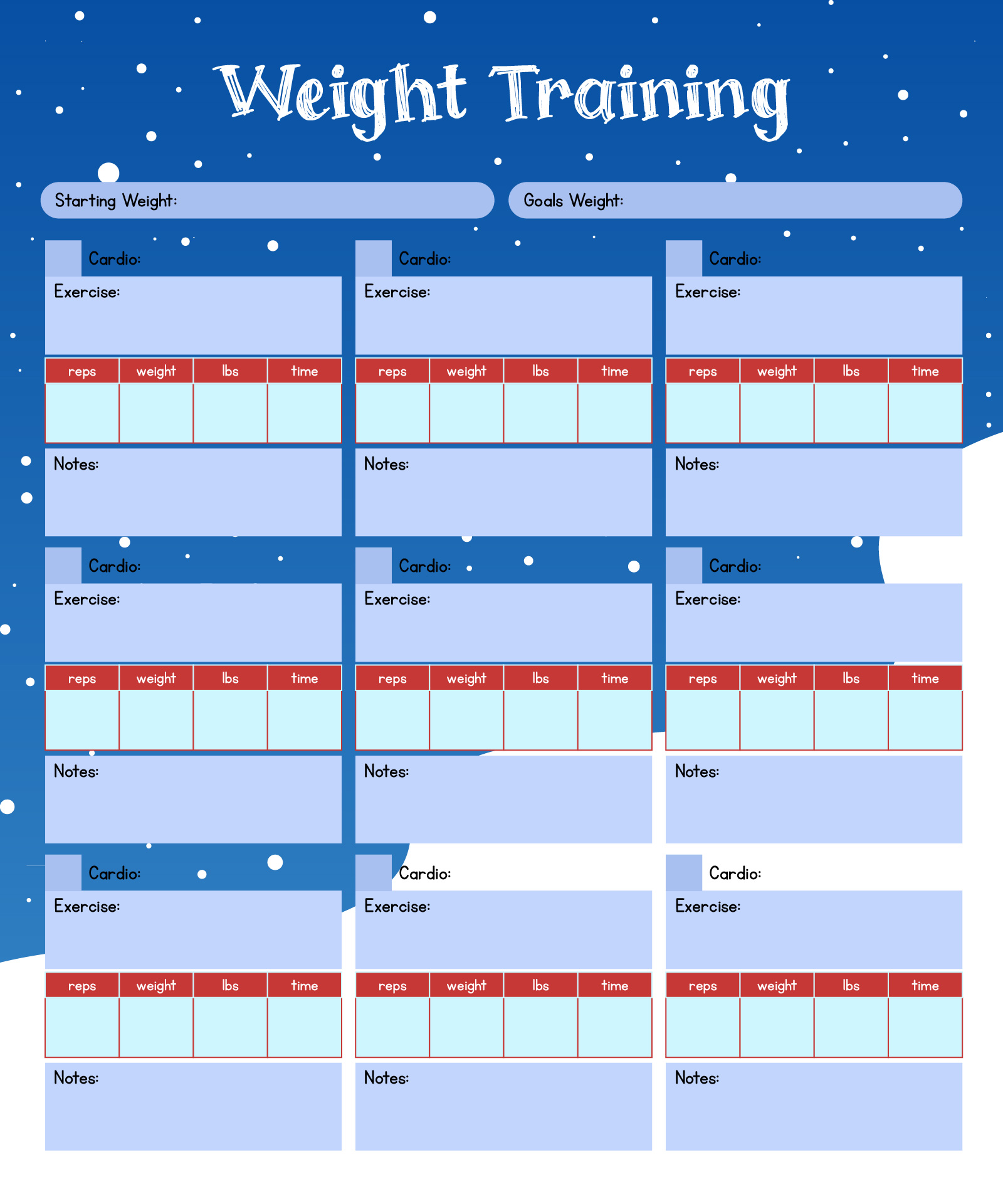
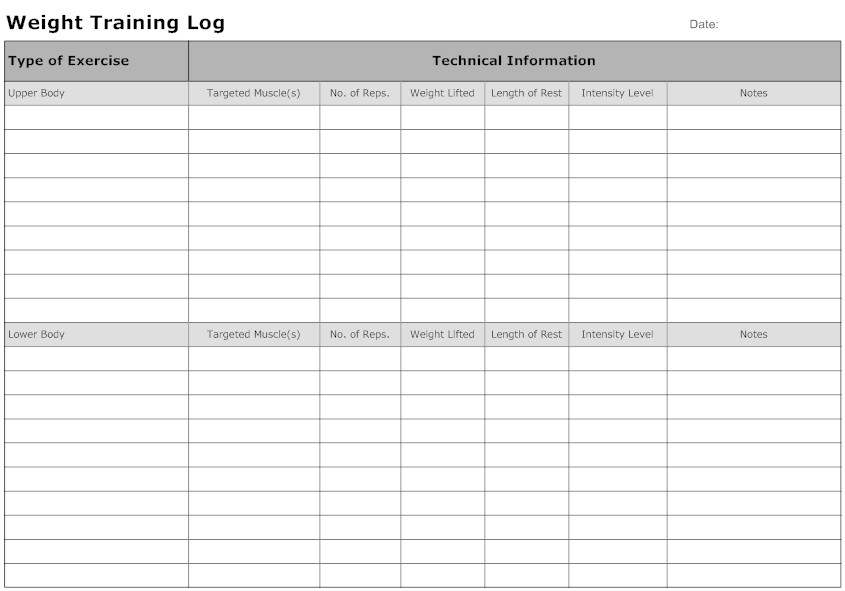
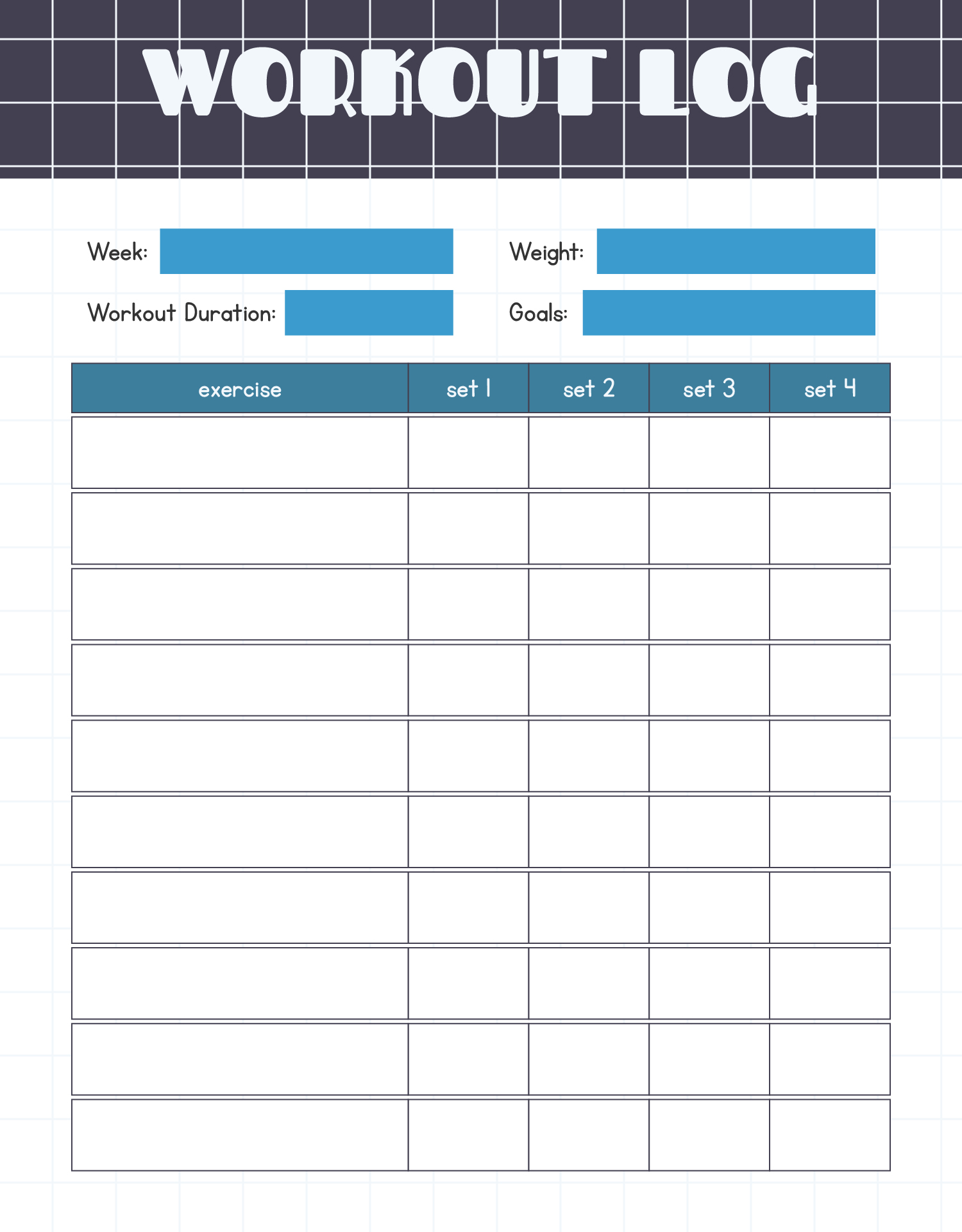
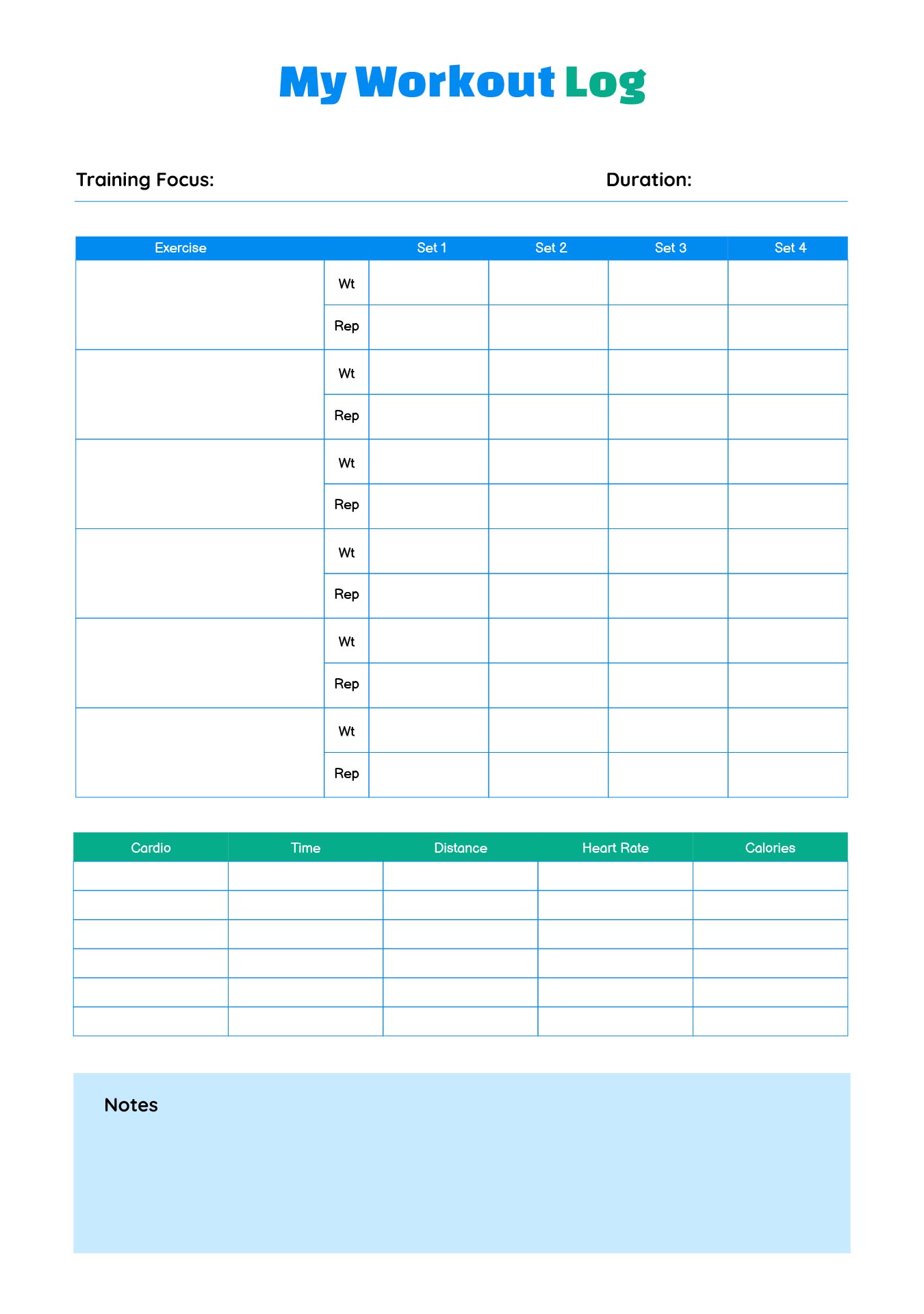
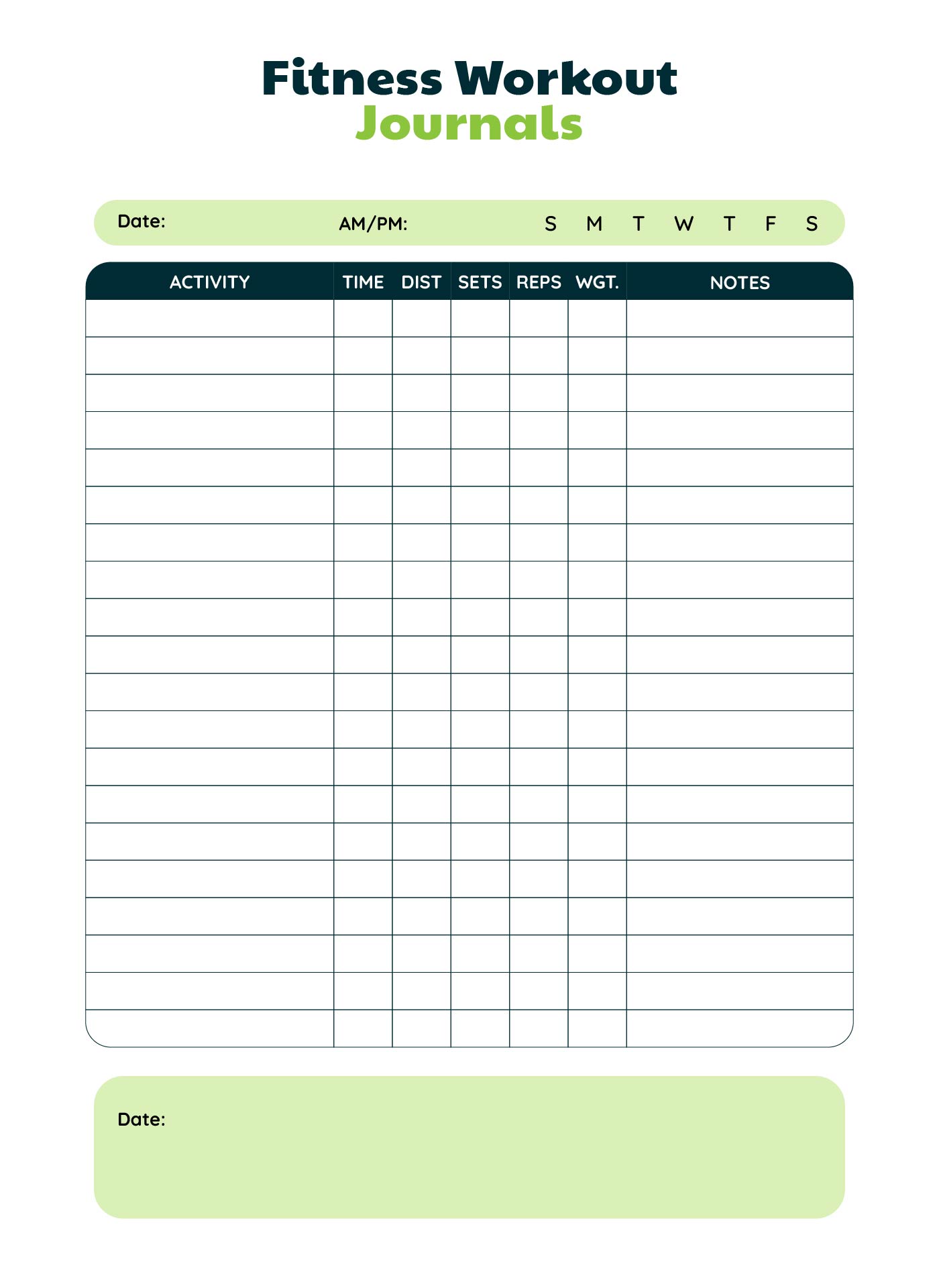
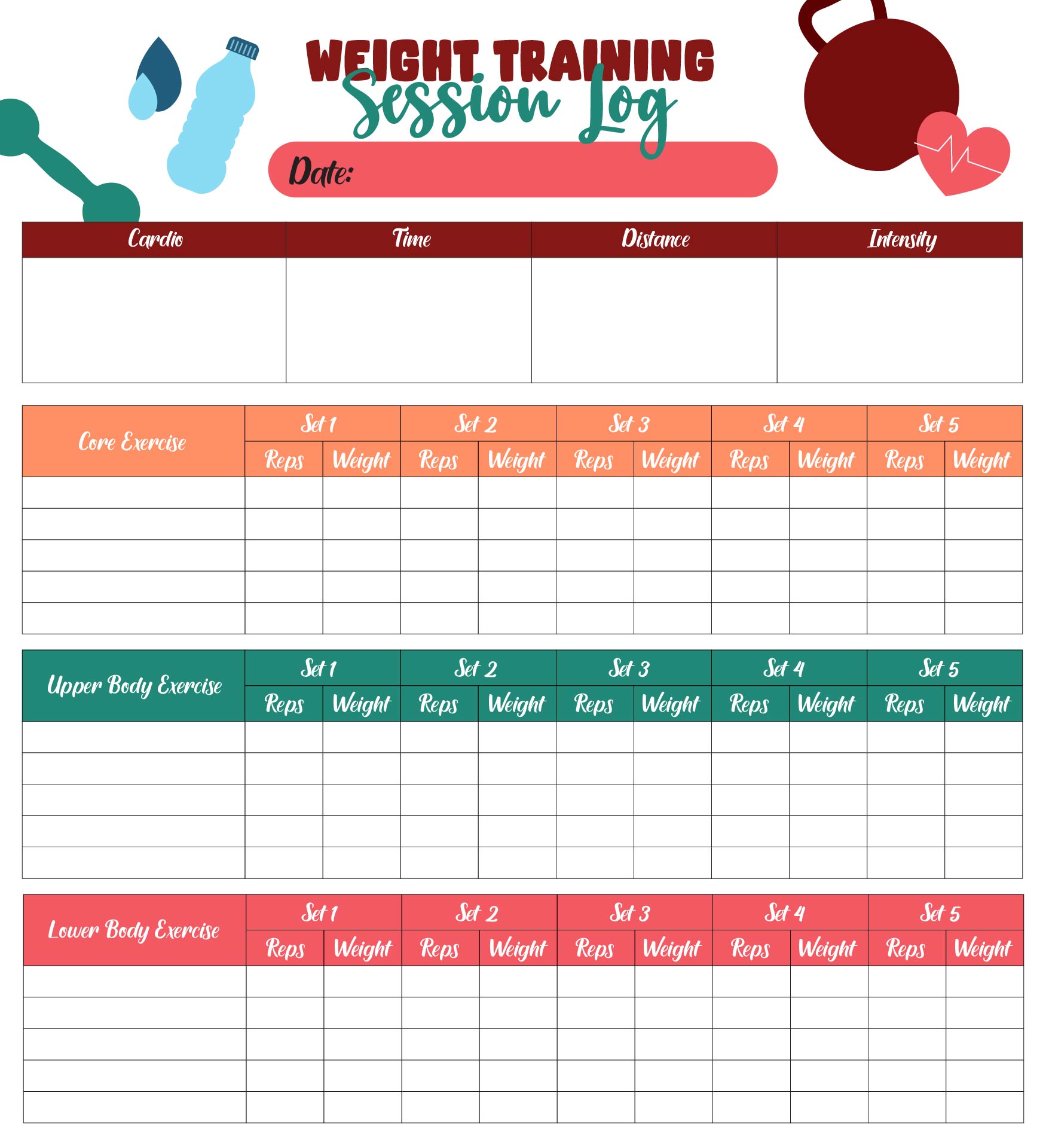
Weekly Goal Setting
Each week, set targets for your weight lifting sessions that align with your overall fitness objectives. Whether you want to increase your max weight, improve your endurance, or enhance your technique, outline specific goals for each workout. For example, aim to add five pounds to your bench press or complete an extra set of squats. Remember, the key is to challenge yourself while still being realistic about what you can achieve in a week.
Monthly Goal Setting
In addition to weekly goals, it's crucial to establish monthly targets to keep your progress on track. Consider what you want to accomplish over the course of a month and break it down into smaller, manageable steps. For instance, if your goal is to increase muscle mass, set monthly weight lifting goals that focus on different muscle groups or training styles. By setting these milestones, you can ensure that you are making continuous progress toward your ultimate fitness goals.
Once you have completed a workout, take some time to review your workout log and assess your performance. Pay attention to any patterns or trends that emerge, such as consistently struggling with a particular exercise or seeing steady progress in a specific area. Use this information to determine what changes, if any, need to be made to your workout plan.
Based on your review of your workout log, make any necessary adjustments to your workout plan to ensure continued progress. This could involve increasing the weight lifted, changing the number of sets and reps, or incorporating new exercises to keep your body challenged. Remember, the key to seeing results is to continuously push yourself outside of your comfort zone and strive for continuous improvement.
Once you have analyzed your workout logs, it's time to make adjustments to your routine. If you notice that you are consistently hitting a plateau in a certain lift, try increasing the weight or changing up the rep range. On the other hand, if you are constantly fatigued or sore after a particular workout, consider reducing the volume or intensity. It's important to listen to your body and make changes accordingly to avoid injury and maximize results.
Here are some tips for adjusting your weight lifting routine using data from your weight lifting workout logs:
In short, by analyzing the data from your logs and making adjustments accordingly, you can overcome plateaus, prevent injuries, and achieve your fitness goals more effectively. So, grab your pen and weight lifting workout logs, start logging your workouts, and take your weight lifting routine to the next level!
Have something to tell us?
Recent Comments